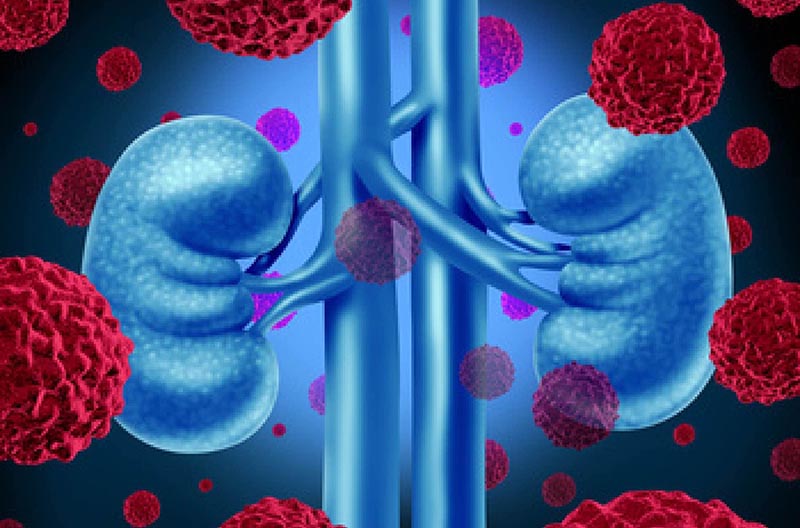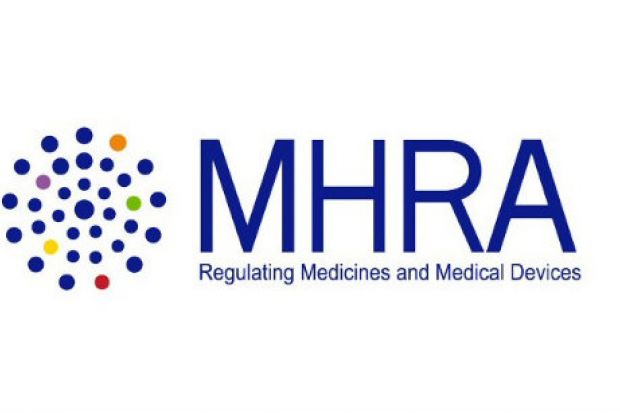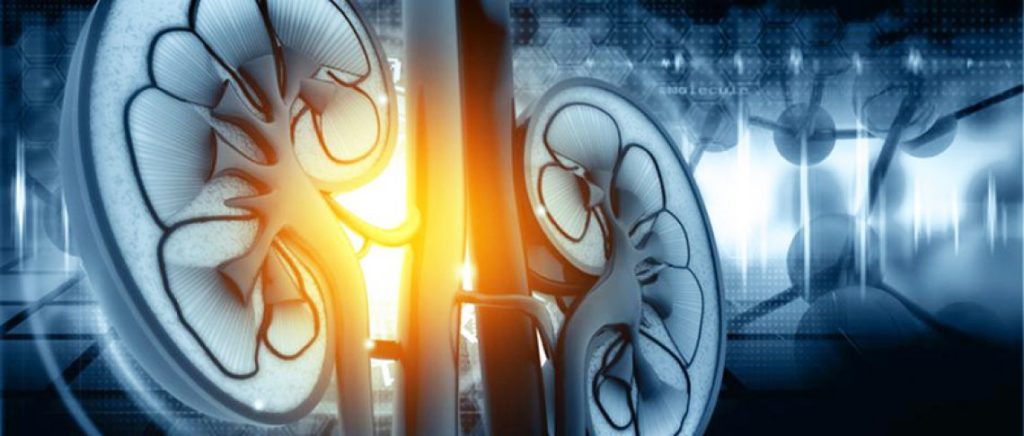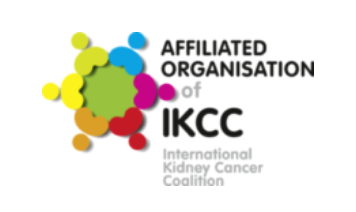Share this Page:
Data presented at the American Urological Association (AUA) 2021 meeting last month shows that 5-year survival rates following partial or radical nephrectomy for renal cell carcinoma (RCC) vary depending on the histology of the RCC subtype. The results of this study have implications for developing personalised therapies to target high-risk, aggressive tumours.
The researchers identified 282,623 patients from the National Cancer Database in America who had a partial or radical nephrectomy. Of these patients, 839 patients had a subtype of RCC that was considered ‘unfavourable’ (medullary cell, collecting duct, and unspecified RCC). Favourable subtypes included papillary, chromophobe, cystic, and clear cell subtypes. The patients were followed for an average of four and a half years.
The 5-year survival rates were significantly higher for patients with a favourable compared to an unfavourable subtype (75% vs 39%). Overall, patients with an unfavourable subtype were significantly associated with a 75% increased risk for dying within 5 years compared with favourable subtypes (82%, 65%, and 71% for medullary cell, collecting duct, and unspecified RCC , respectively).
Other studies have also shown different treatment outcomes associated with various histologic subtypes of RCC. For example, patients with chromophobe RCC had significantly better survival following nephrectomy relative to those with clear cell RCC (a 53% decreased risk for death from kidney cancer), whereas those with the sarcomatoid RCC had significantly worse survival. In a study of 3,331 patients who underwent partial or radical nephrectomy for RCC, patients with clear cell RCC had a 5-year recurrence-free survival rate of 78% compared with 86% and 91% for those with papillary and chromophobe RCC, respectively.














